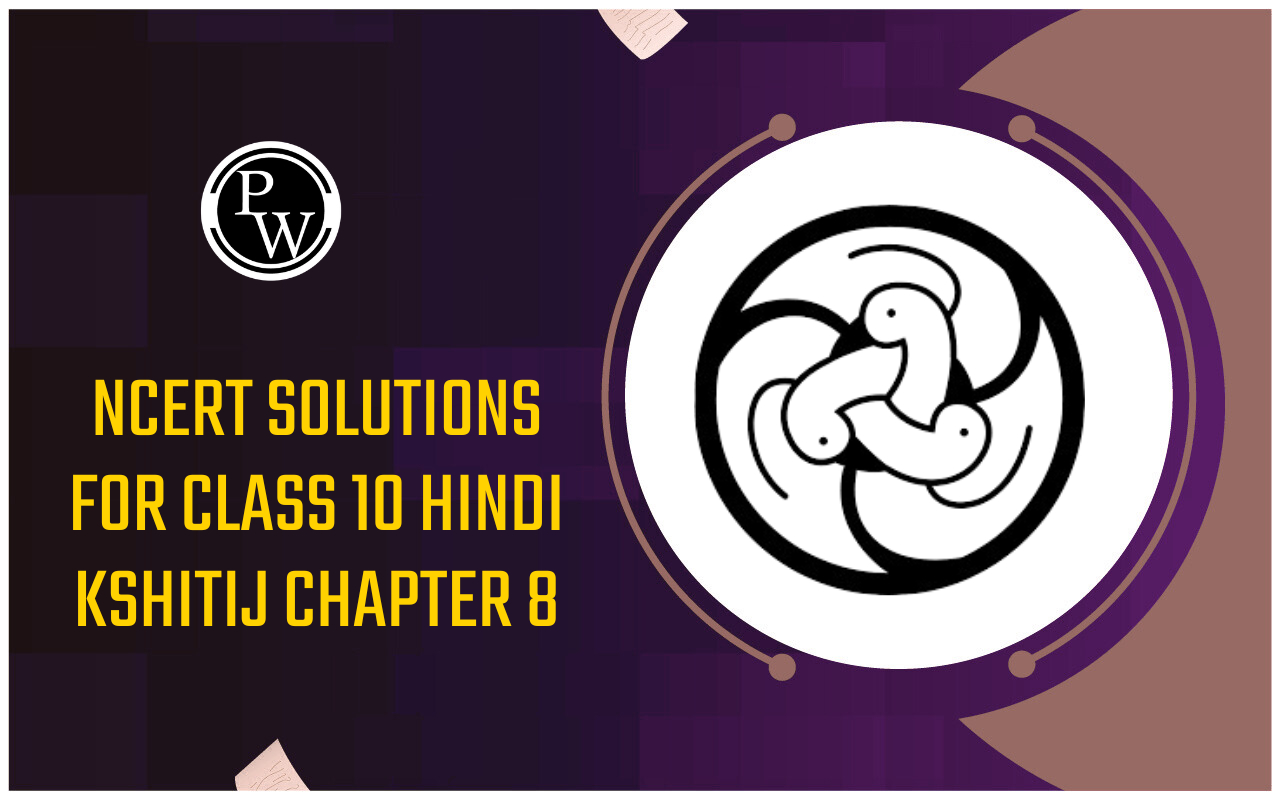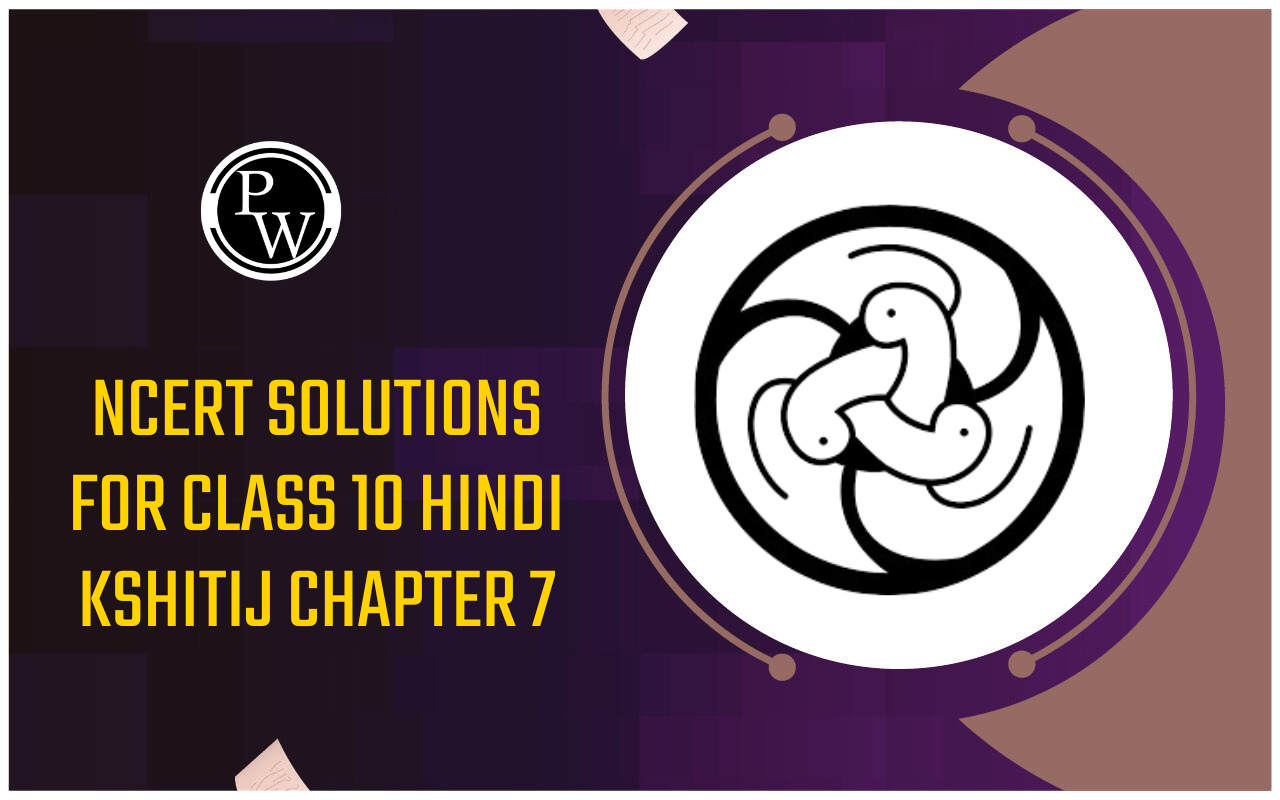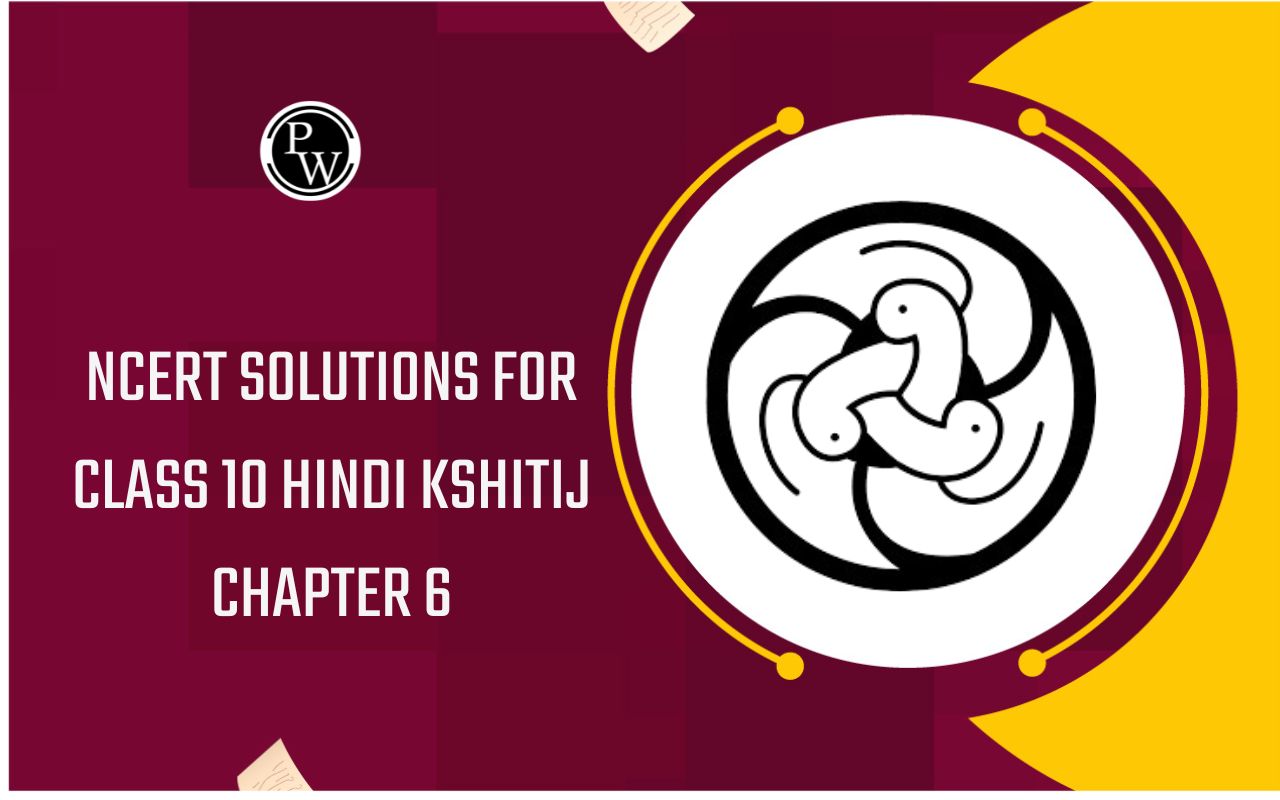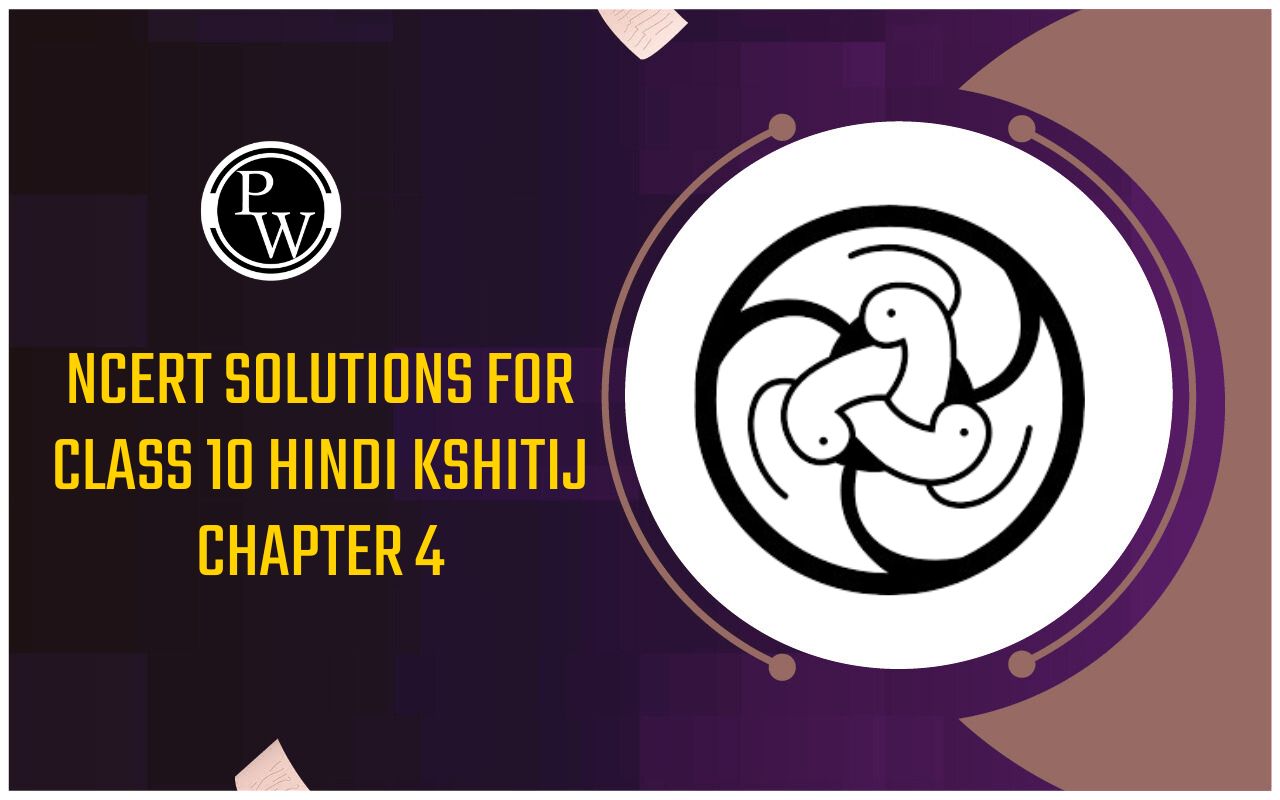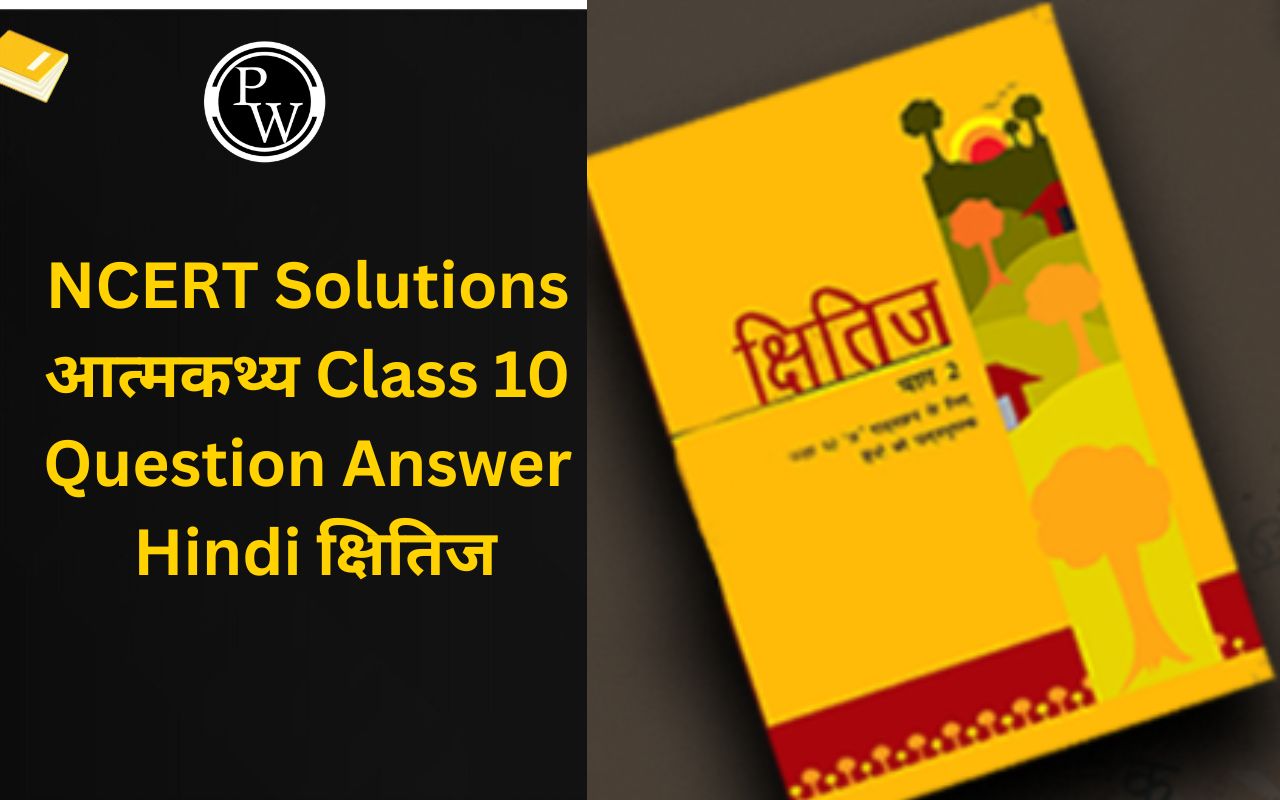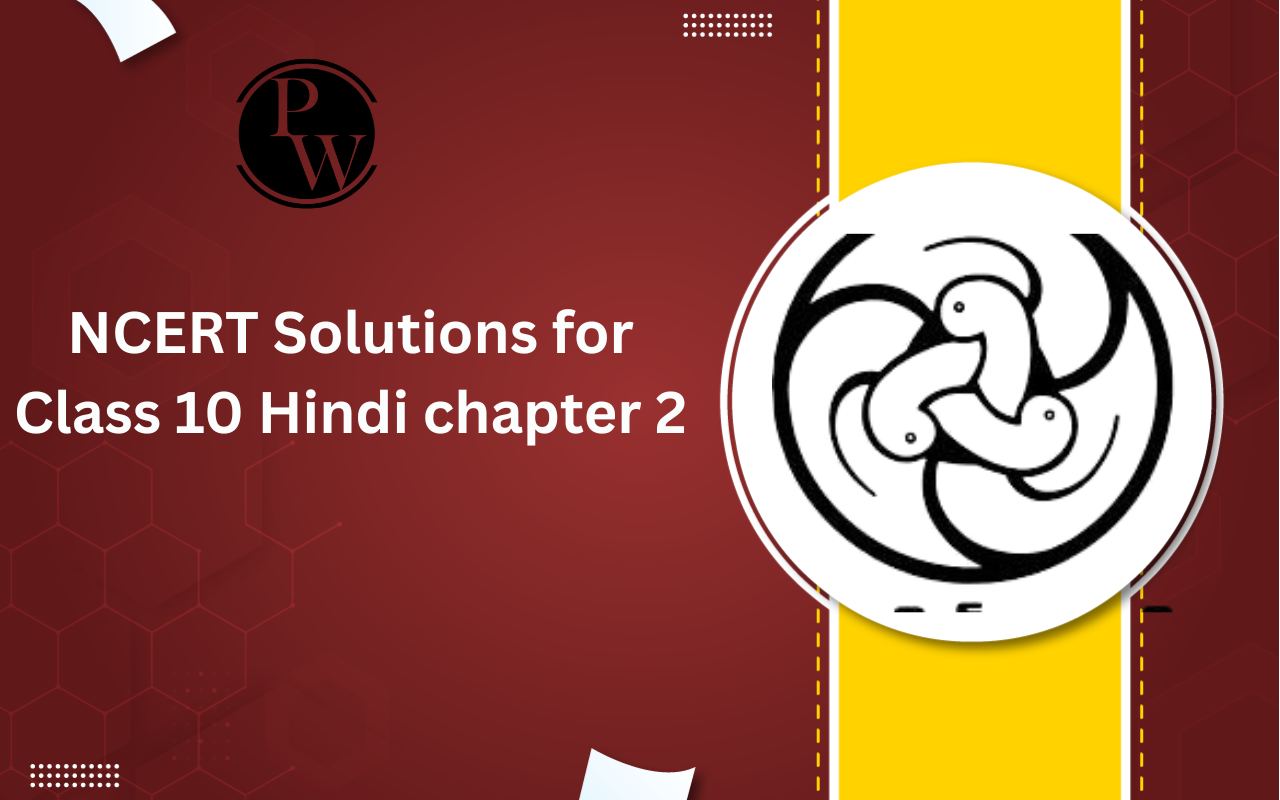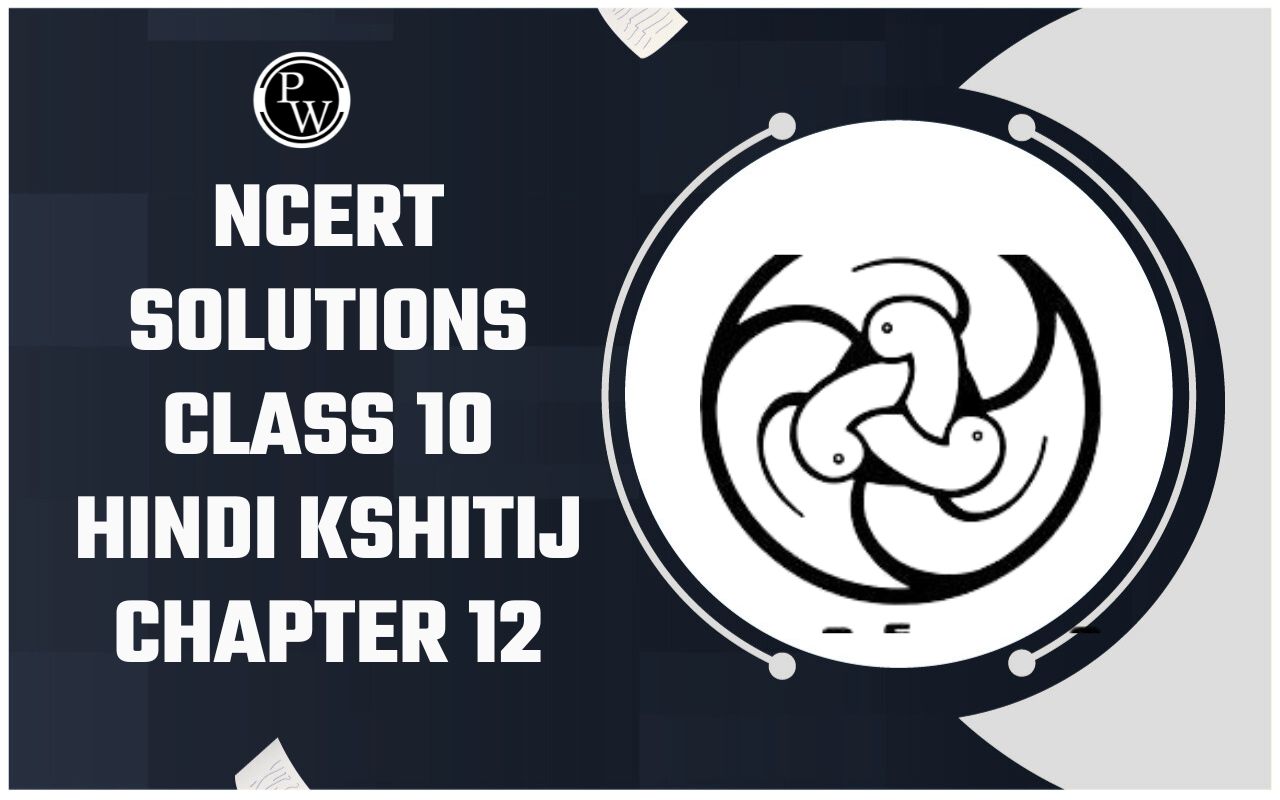
Associative Law
Nov 30, 2022, 16:45 IST
In mathematics, the associative law is applied to the addition and the multiplication of the three numbers . According to the law, if a, b and c are the three numbers, then;
a.(b.c) = (a.b).c
a+(b+c) = (a+b)+c
So by the above expression, we can understand that it doesn't matter how we group or associate the numbers by addition and multiplication. The associative law only applies to addition and multiplication of all real numbers, but not to subtraction and division.
In mathematics, the associative law only applies to two of the four main arithmetic operations: addition and multiplication. But for other arithmetic operations, subtraction, and division, this law does not apply because the result might change. This is caused by changing the position of the integers when adding and multiplying, do not change the sign of the integers.
According to the associative law, if we add or multiply three numbers, then changing their position or the order of the numbers or the arrangement of the numbers does not change the result. This law is also called the associative property of addition and multiplication.
| Table of Content |
Associative Law Formula
The associative law or associative property formula can be determined by its definition. According to the definition, the addition or multiplication of the three numbers is independent of their association or grouping. Also, we can say that combination or grouping of the three numbers while adding or multiplying them does not change the result.
Let us consider A, B, and C as three numbers. Then, as per this law;
A+(B+C) = (A+B)+C
A × (B × C) = (A × B) × C
Associative Law of Addition
The addition operation follows the associative law, i.e., the final sum of the numbers will be equal despite how numbers are combined. If A, B, and C are three numbers, then;
A+(B+C) = (A+B)+C = A + B + C
Associative Law of Multiplication
The multiplication operation obeys the associative law, i.e., no matter how the numbers are clubbed, the final product of the numbers will be equal. If A, B, and C are the three numbers, then;
A×(B×C) = (A×B)×C = A×B×C
Associative Law of Addition Proof
Let's prove the associative law for addition with the given example.
Example: Prove that: 1+(2+3) = (1+2)+3
Ans. Taking LHS first,
1+(2+3) = 1+5 = 6
Now let us take RHS
(1+2)+3 = 3+3 = 6
Hence, if we compare, we get;
LHS = RHS
Therefore,
1+(2+3) = (1+2)+3.
Hence, Proved.
Associative Law of Multiplication Proof
Now, let's prove the associative law for multiplication with the help of examples.
Example: Prove that:1×(2×3) = (1×2)×3
Ans. Taking LHS first,
1×(2×3) = 1×6 = 6
Now let us take RHS
(1×2)×3 = 2×3 = 6
Hence, if we compare,
LHS = RHS
Therefore,
1 × (2 × 3) = (1 × 2) × 3.
Hence, Proved.
Why Not Division and Subtraction?
As we have discussed above, associative law is not applicable to the division and subtraction of a real numbers. Let us discuss with examples.
Subtraction
Suppose 4, 6, and 9 are three integers.
Let us consider that associative law is applicable to subtraction. Thus,
4 – (6 – 9) should be equal to (4 – 6) – 9
On solving both above expressions, we get;
4 – (6 – 9) = 4 – (-3) = 4 + 3 = 7 ………….(i)
(4 – 6) – 9 = (-2) – 9 = – 2 – 9 = -11 ………..(ii)
Clearly, from the above equations (i) and (ii), we get that;
7 ≠ -11
Hence,
4 – (6 – 9) ≠ (4 – 6) – 9
Therefore, our assumption is wrong, and the associative law is not applied to the subtraction.
Division
Suppose 12, 6, and 2 are three integers.
Let us consider that the associative law is not applicable to division Thus, the grouping of integers will change the given result.
So,
12 ÷ (6 ÷ 2) = 12 ÷ 3 = 4 ………..(i)
(12 ÷ 6) ÷ 2 = 2 ÷ 2 = 1 ………..(ii)
Clearly, from the given equations (i) and (ii), we get that;
4 ≠ 1
Hence,
12 ÷ (6 ÷ 2) ≠ (12 ÷ 6) ÷ 2
Therefore, our assumption is wrong, and the associative law is not applied to division.
Read More About- Feet to Cm , Cylinder
Frequently Asked Question (FAQs)
Q1. What is associative law?
Ans. It states that when the three real numbers are added or multiplied together, then the grouping of the numbers does not matter.
Q2. What is the associative law of addition?
Ans. If X, Y, and Z are three real numbers, then, according to associative law,
X+(Y+Z) = (X+Y)+ Z
Q3. What is the associative law of multiplication?
Ans. If X, Y, and Z are three real numbers, then according to associative law,
X.(Y.Z) = (X.Y). Z
Q4. Does the associative law work for division?
Ans. The Associative Law works only when we add or multiply. It does NOT work when we subtract or divide.
Q5. What is the formula for commutative law?
Ans. According to the commutative law, if the two real numbers are added or multiplied, then the change in the order of the given numbers does not change the given result.
X+Y = Y+X
X.Y = Y.X

